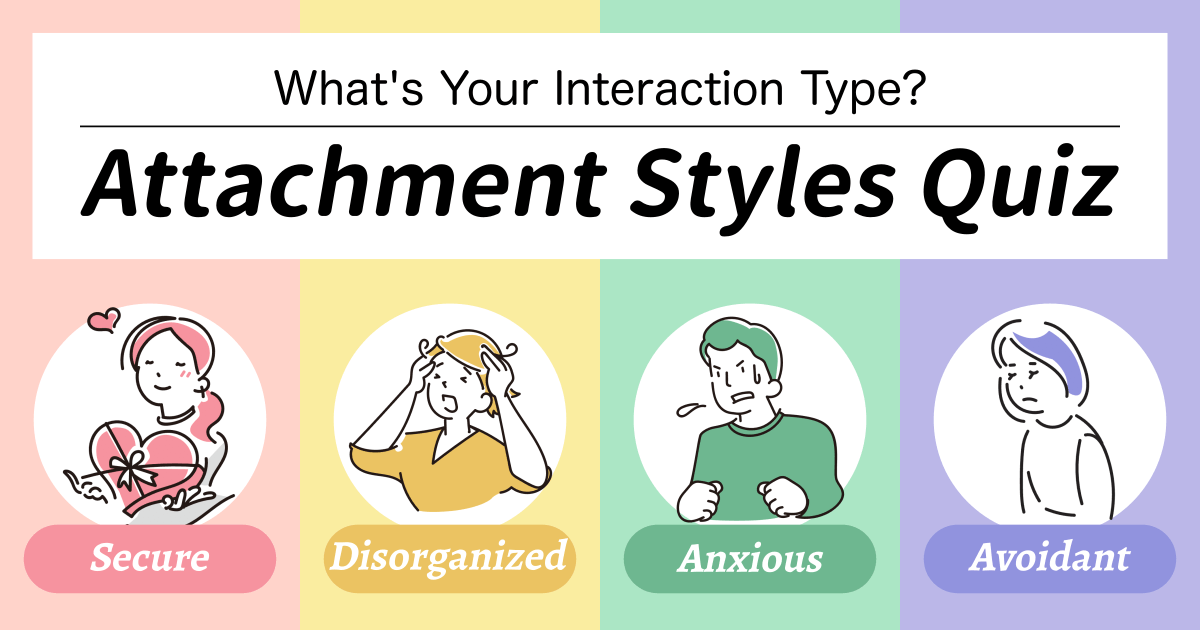Your attachment style shapes how you connect with others, handle intimacy, and respond to conflict in relationships. Developed in early childhood, these relationship patterns influence your romantic partnerships, friendships, and even workplace dynamics. Psychologists identify four primary attachment styles: Secure, Anxious, Avoidant, and Disorganized (Fearful-Avoidant).
Understanding your attachment style can help you recognize emotional triggers, improve communication, and build healthier relationships. Below are five key questions to help you identify yours.
1. How Do You Handle Emotional Intimacy?
- Secure Attachment: You’re comfortable with closeness and independence. You trust your partner and don’t fear intimacy or abandonment.
- Anxious Attachment: You crave deep connection but worry about your partner’s feelings for you. You may seek constant reassurance.
- Avoidant Attachment: You value independence and may feel suffocated by too much closeness. You might withdraw when emotions deepen.
- Disorganized Attachment: You have mixed feelings—you want intimacy but fear getting hurt. You may act unpredictably in relationships.
Reflect: Do you embrace intimacy, fear it, or feel conflicted?
2. How Do You React to Conflict?
- Secure Attachment: You address issues calmly and seek resolution without drama.
- Anxious Attachment: You may become overly emotional, fearing abandonment during arguments.
- Avoidant Attachment: You shut down, avoid confrontation, or emotionally detach.
- Disorganized Attachment: You might swing between anger and withdrawal, struggling to regulate emotions.
Reflect: Do you communicate openly, panic, shut down, or act unpredictably?
3. What’s Your Biggest Relationship Fear?
- Secure Attachment: You don’t have intense fears; you trust in mutual effort.
- Anxious Attachment: You fear rejection or being unloved.
- Avoidant Attachment: You fear losing independence or being controlled.
- Disorganized Attachment: You fear both abandonment and engulfment, leading to confusion.
Reflect: Is your fear about losing love, losing freedom, or both?
4. How Do You Respond to a Partner’s Moods?
- Secure Attachment: You offer support without taking their emotions personally.
- Anxious Attachment: You overanalyze their mood, assuming it’s about you.
- Avoidant Attachment: You distance yourself to avoid emotional burden.
- Disorganized Attachment: You may feel overwhelmed, reacting erratically.
Reflect: Do you stay steady, over-worry, detach, or feel overwhelmed?
5. How Do You Feel About Dependency in Relationships?
- Secure Attachment: You balance closeness and independence naturally.
- Anxious Attachment: You rely heavily on your partner for emotional security.
- Avoidant Attachment: You resist dependency, preferring self-sufficiency.
- Disorganized Attachment: You crave closeness but push people away when they get too close.
Reflect: Do you embrace interdependence, cling, resist, or feel torn?
Understanding Your Attachment Style
Secure Attachment (Healthy & Balanced)
You trust easily, communicate openly, and handle relationships with confidence. You’re comfortable with both intimacy and independence.
Growth Tip: Keep nurturing healthy communication—you’re on the right track!
Anxious Attachment (Fear of Abandonment)
You deeply desire love but often worry about rejection. You may become clingy or seek constant validation.
Growth Tip: Practice self-soothing techniques and build self-worth outside relationships.
Avoidant Attachment (Fear of Engulfment)
You value independence and may struggle with vulnerability. You might emotionally withdraw when things get serious.
Growth Tip: Gradually practice opening up—intimacy doesn’t mean losing yourself.
Disorganized Attachment (Mixed Fear of Closeness & Abandonment)
You have conflicting desires—wanting love but fearing hurt. This can lead to hot-and-cold behavior.
Growth Tip: Therapy can help resolve past trauma and create stability in relationships.
Final Thoughts
Your attachment style isn’t fixed—it can evolve with self-awareness and effort. If you recognize unhealthy patterns, mindfulness, therapy, and secure relationships can help you move toward a more balanced approach.
Which style resonates with you? Understanding it is the first step toward deeper, more fulfilling connections.
Would you like a deeper dive into how to shift from an insecure attachment style to a secure attachment style? Let me know in the comments!




